The Colorful World of Branding in Marketing: How colors Influence Consumer Behavior
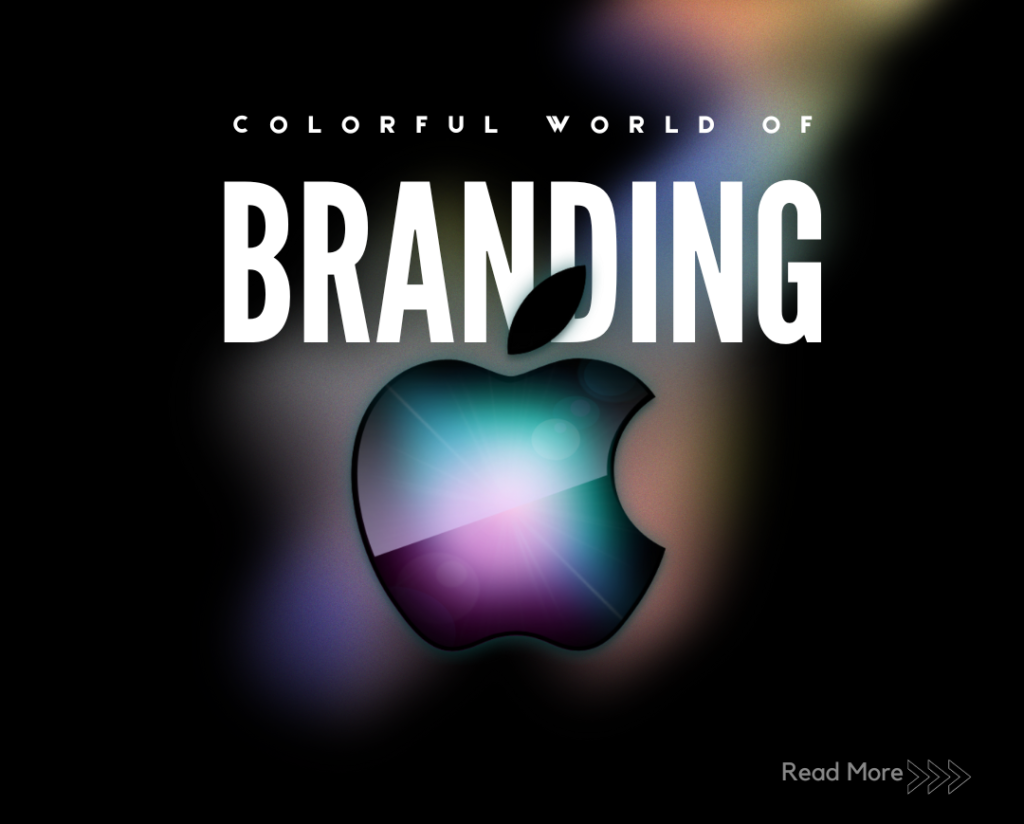
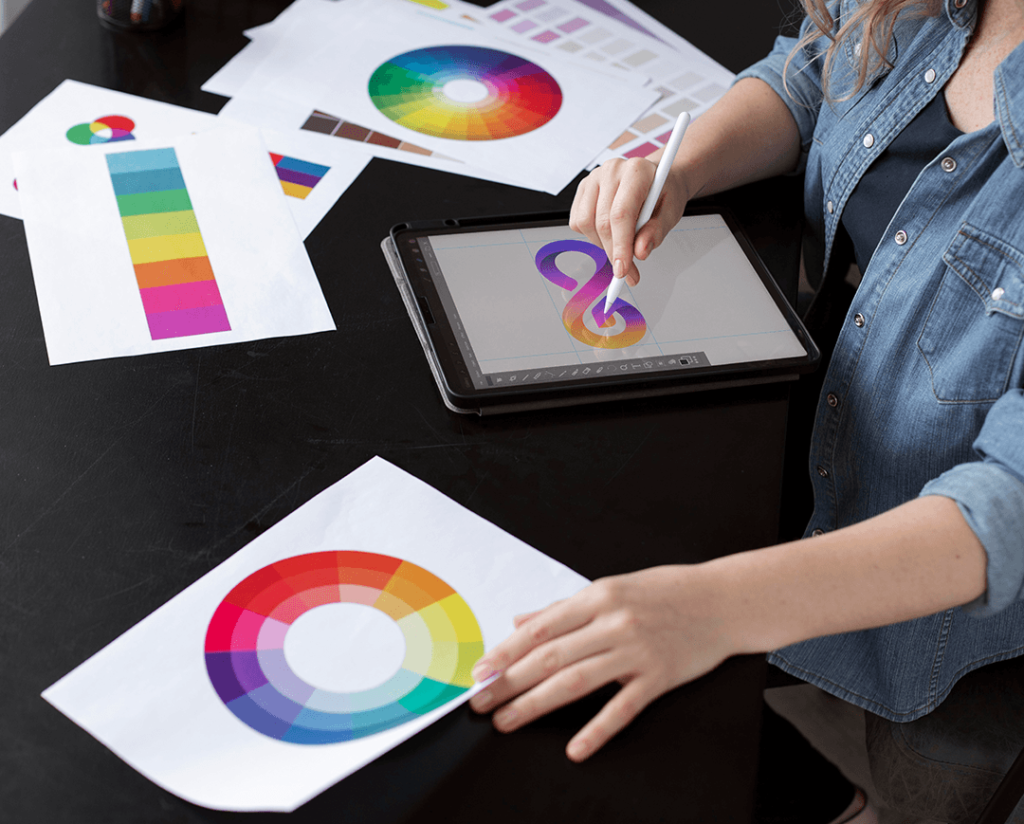
Colors are a potent tool in the world of branding, often serving as silent messengers that convey emotions, values, and identity. In this blog, we’ll delve into the fascinating realm of colors in branding and how they wield remarkable influence over consumer behavior.
The Psychology of Colors
1. Red: Red exudes energy, passion, and excitement. Brands like Coca-Cola and Red Bull have harnessed this color to trigger a sense of urgency and adventure, compelling consumers to take action.
2. Blue: Blue radiates trust, reliability, and professionalism. It’s a favorite among tech companies like IBM and social media giants like Facebook, aiming to establish credibility and build user trust.
3. Green: Green symbolizes nature, growth, and sustainability. Brands like Whole Foods and Starbucks use green to convey a commitment to environmental responsibility and healthy living.
4. Yellow: Yellow is associated with optimism and happiness. Brands like McDonald’s employ this color to evoke feelings of joy and positivity in consumers.
5. Black: Black signifies sophistication, luxury, and exclusivity. Luxury brands like Chanel and Rolex utilize black to convey elegance and prestige.
6. Purple: Purple represents creativity, imagination, and royalty. Brands like Cadbury and Hallmark leverage purple to evoke a sense of luxury and creativity in their products.
1. Brand Recognition: Consistency in color across branding materials, such as logos, packaging, and marketing collateral, aids in brand recognition. When consumers consistently associate a color with your brand, they’re more likely to remember it.
2. Emotional Triggers: Colors can evoke specific emotions in consumers. For example, the warm tones of reds and oranges can create a sense of urgency or excitement, while cool blues and greens can convey calm and trust.
3. Purchase Decisions: Color influences purchasing decisions more than we realize. It can affect everything from which products customers choose to how much they’re willing to pay. A study found that 85% of shoppers place color as a primary reason for why they buy a particular product.
4. Brand Perception: Colors can shape how consumers perceive a brand. A well-chosen color palette can make a brand appear more approachable, luxurious, eco-friendly, or high-tech.
5. Cultural Significance: Colors can have different meanings and associations in various cultures. Understanding these cultural nuances is crucial for global brands to ensure their messaging resonates positively with diverse audiences.
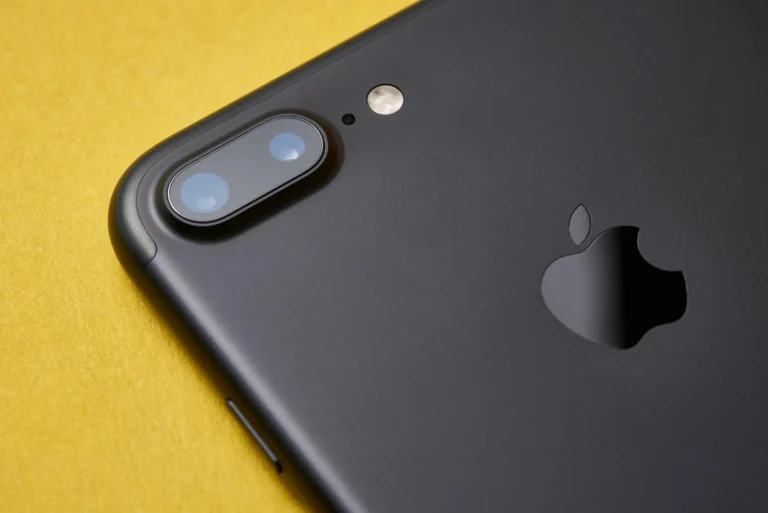
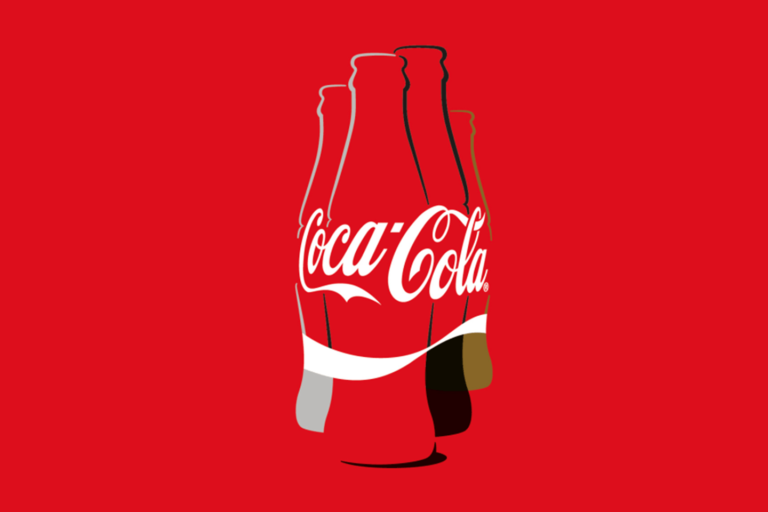

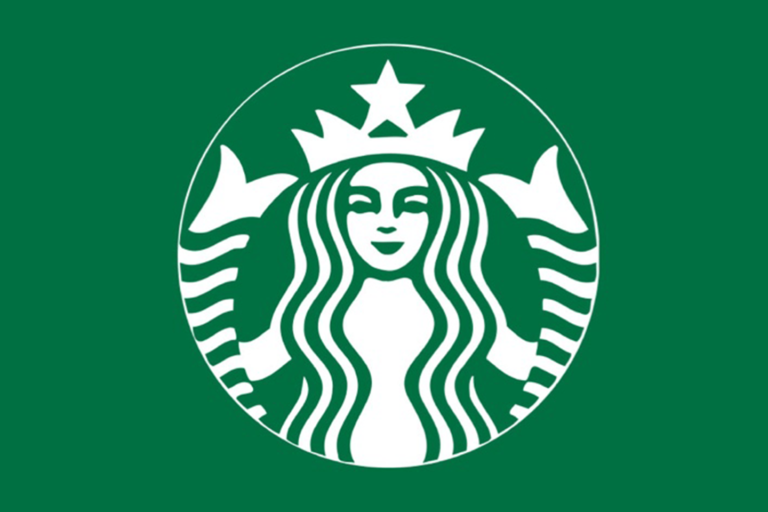

1. McDonald’s: The red and yellow color scheme employed by McDonald’s isn’t just about aesthetics. It’s a strategic choice to evoke hunger and urgency, encouraging customers to make quick purchasing decisions.
2. Apple: Apple’s use of minimalist white and silver in its branding exudes simplicity and elegance, aligning perfectly with its product philosophy of user-friendliness and innovation.
3. Coca-Cola: The iconic red color of Coca-Cola is known worldwide. Red evokes excitement, passion, and youthful energy. Coca-Cola’s branding capitalizes on these emotions, making it the go-to choice for refreshment and celebration.
4. Facebook: Facebook’s primary color, blue, is chosen strategically. Blue represents trust and stability, aligning with the platform’s mission to connect people and build trustworthy online relationships. It aims to create a feeling of safety and credibility among its users.
5. Starbucks: Starbucks uses a soothing green color to signify freshness and environmental responsibility. It communicates a commitment to quality and sustainability, enhancing the coffee chain’s appeal to conscious consumers.
In conclusion, colors in branding are more than just visual elements; they are powerful tools for conveying emotions, establishing brand identity, and influencing consumer behavior. By understanding the psychology of colors and their impact on your target audience, you can make strategic choices that enhance brand recognition, shape brand perception, and ultimately drive success in the competitive world of business. So, whether you’re choosing a logo color or designing your website, remember that the colors you select have a profound effect on how consumers perceive and interact with your brand.